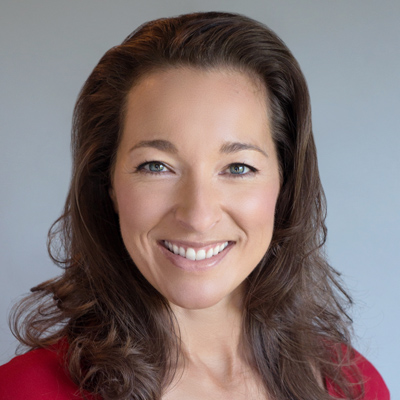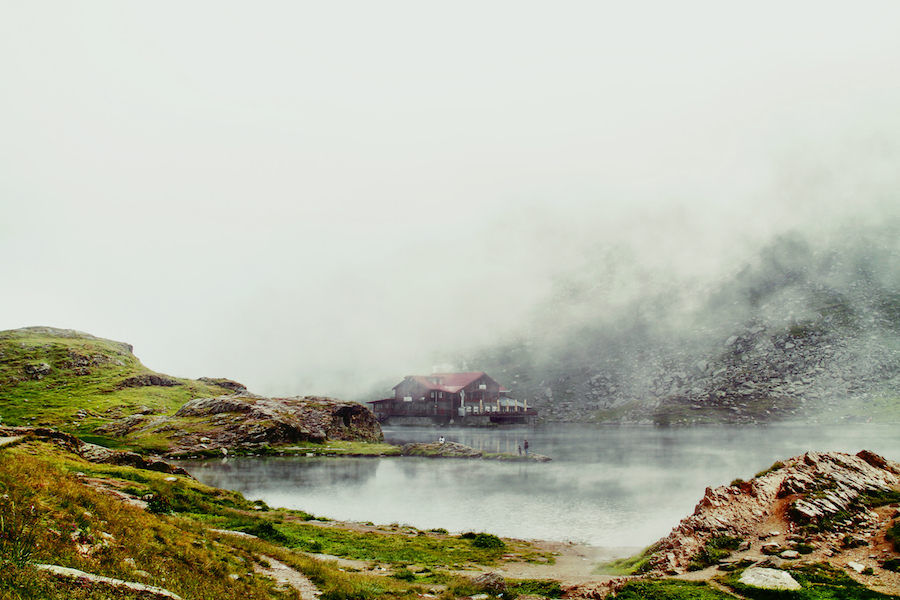
Laura Clydesdale
Contributor
When we think about what makes us feel most alive, many of us will immediately think of our personal passions. But what if you don’t have a passion?
Recently, I sat next to a college junior at an alumni event dinner.
She was bright-eyed, eager, poised and surprisingly interested in talking to the adults at the table. She was telling us that although she only had one more class left to complete her major, she was having second thoughts and considering staying in school for another three years to embark on an entirely different degree.
When I pressed her for her reasoning, she said, “I just thought I would be blown away by what I learned and I’m not. I was really hoping I’d get an a-ha moment and find my passion.”
Only two weeks prior, my son’s high school college counselor had pressed him, “What’s your passion? Colleges love to hear about your passion. It makes your application more competitive.”
Ah, that word…passion.
It’s the age old, “What do you want to be when you grow up?” question that intends to tap into our elementary school enthusiasm. “An astronaut! An artist! A veterinarian! A firefighter!” We were so sure and passionate back then. What happened to us? As the years go by (and it starts to count), we might answer, “Um…I don’t know. Maybe business?”
So we stress out that the elusive passion is to blame.
William Damon, director of the Stanford Center on Adolescence, says that the reality is only one in five young people between twelve and twenty-six have a clear vision of where they want to go, what they want to accomplish in life, and why.
The young woman at the table was looking for external inspiration for her “a-ha moment” to help shine the way toward her path to enlightenment. My son’s counselor, on the other hand, was asking my son to look inward and identify what his passion was at the ripe old age of 16. They both were wondering, “What’s wrong with me? Why don’t I know what I’m passionate about?”
They believe, “If I could just find my passion, all my problems would be solved.”
And why wouldn’t they think that?
Research shows that having passion and meaning in life is an impressively useful indicator of life success.
In her book, Presence, Amy Cuddy states that “In studies of entrepreneurs, this quality predicts drive, willingness to work hard, initiative, persistence in the face of obstacles, enhanced mental activity, creativity, and the ability to identify good opportunities and novel ideas…There’s another reason we tend to put our faith in people who project passion, confidence, and enthusiasm: these traits can’t easily be faked.”
Also, passion and meaningfulness in one area of your life impact everything we do. Authors Catherine Bailey and Adrian Madden, in their article What Makes Work Meaningful-or Meaningless published in MIT’s Sloan Management Review, state, “We expected to find that meaningfulness would be similar to other work-related attitudes, such as engagement or commitment, in that it would arise purely in response to situations within the work environment. However, we found that, unlike these other attitudes, meaningfulness tended to be intensely personal and individual.”
In other words, even having a passion outside of work significantly impacts your day job.
However, here’s the problem with passion: there is no finish line crisscrossed with “passion tape” at the end of the race. Rarely does one get to do a victorious dance in the “passion end-zone.”

Bill Burnett and Dave Evans, authors of the book, Designing Your Life: How to Build a Well-Lived, Joyful Life, say, “Many people operate under the dysfunctional belief that they just need to find out what they are passionate about. Once they know their passion, everything else will somehow magically fall into place.”
Burnett and Evans, who run the incredibly popular Stanford course based on design thinking, called “Designing Your Life,” say the reframe for the question “What do you want to be when you grow up?” is this: “Who or what do you want to grow into?”
The reality is that it’s more like a trial-and-error process.
Burnett and Evans call it prototyping.
“We believe that people actually need to take time to develop a passion. And the research shows that, for most people, passion comes after they try something, discover they like it, and develop mastery—not before. To put it more succinctly: passion is the result of a good life design, not the cause,” say Burnett and Evans.
In their book, they lay out these five steps to design your life, get you unstuck, and perhaps even develop a passion.
1. Be Curious. Curiosity makes everything new. It invites exploration. It makes everything play. Most of all, curiosity is going to help you “get good at being lucky.” It’s the reason some people see opportunities everywhere.
2. Try Stuff. When you have a bias to action, you are committed to building your way forward. Designers try things. They test things out. They create prototype after prototype, failing often until they find what works and what solves the problem. Sometimes they find the problem is entirely different from what they first thought it was. They are not attached to a particular outcome because they are always focused on what will happen next—not what the final result will be.
3. Reframe Problems. Reframing is how designers get unstuck. Reframing also makes sure that we are working on the right problem. Life design involves key reframes that allow you to step back, examine your biases, and open up new solution spaces.
4. Know It’s a Process. We know that life gets messy. For every step forward, it can sometimes seem you are moving two steps back. Mistakes will be made, prototypes thrown away. An important part of the process is letting go—of your first idea and a good-but-not-great solution. And sometimes amazing designs can emerge from the mess. The Slinky was invented this way. Teflon was created this way. Super Glue. Play-Doh. None of these things would exist if a designer somewhere hadn’t screwed up. Life design is a journey; let go of the end goal and focus on the process and see what happens next.
5. Ask for Help. The last mind-set of design thinking is perhaps the most important, especially when it comes to designing your life: radical collaboration. What this means is simple—you are not alone. The best designers know that great design requires radical collaboration. It takes a team. You do not have to come up with a brilliant life design by yourself. Design is a collaborative process, and many of the best ideas are going to come from other people. You just need to ask. And know the right questions to ask. Use mentors and a supportive community to help with your life design. When you reach out to the world, the world reaches right back. And this changes everything.
My son was so relieved (and surprised) when I told him it wasn’t a finite goal. Not an end in itself.
So did the college student at the alumni event.
I had turned to the other alumni for help. I explained the situation to the talented VP’s, executives and entrepreneurs all sitting at the table with this college junior and asked them, “Have any of you figured out what you want to be when you grow up?” They all gave the junior a knowing smile. Most said “No,” one said, “Happy,” and the nail in the coffin, “Whatever you decide, don’t go into anything just for the money.”
As Burnett says, “You don’t need to know your passion to design a life you love.”
For more posts by Laura Clydesdale visit her blog here, or sign up for her newsletter.
You can follow her on Twitter at @l_clydesdale and can be contacted at laura@lauraclydesdale.com.
Laura Clydesdale had an epiphany one day when she noticed her then 10-year-old daughter exhibiting some of the same career-derailing traits as many of her female clients. Did it really start this early, she wondered? Laura decided to leverage her 15 years of experience as a leadership development consultant to delve deep into the world of girls’ leadership. Laura started her blog Lead Up to chronicle the journey she was taking with her daughter. Laura’s early history in finance and auditing for both General Electric and the Gap, Inc. compels her to conduct extensive research and seek fact-based solutions for the topics she tackles. However, Laura is unique in that her persuasive points are always woven together with an irresistible human element to create her unique stories.
Laura lives in Berkeley, CA with her husband and two children where she also enjoys sinking her teeth into big philanthropic projects that make a commensurately big impact like Notes & Words and TEDxYouth@EB.
For more posts by Laura Clydesdale visit her blog here.
You can follow her on Twitter at @l_clydesdale and can be contacted at laura(at)lauraclydesdale.com.






